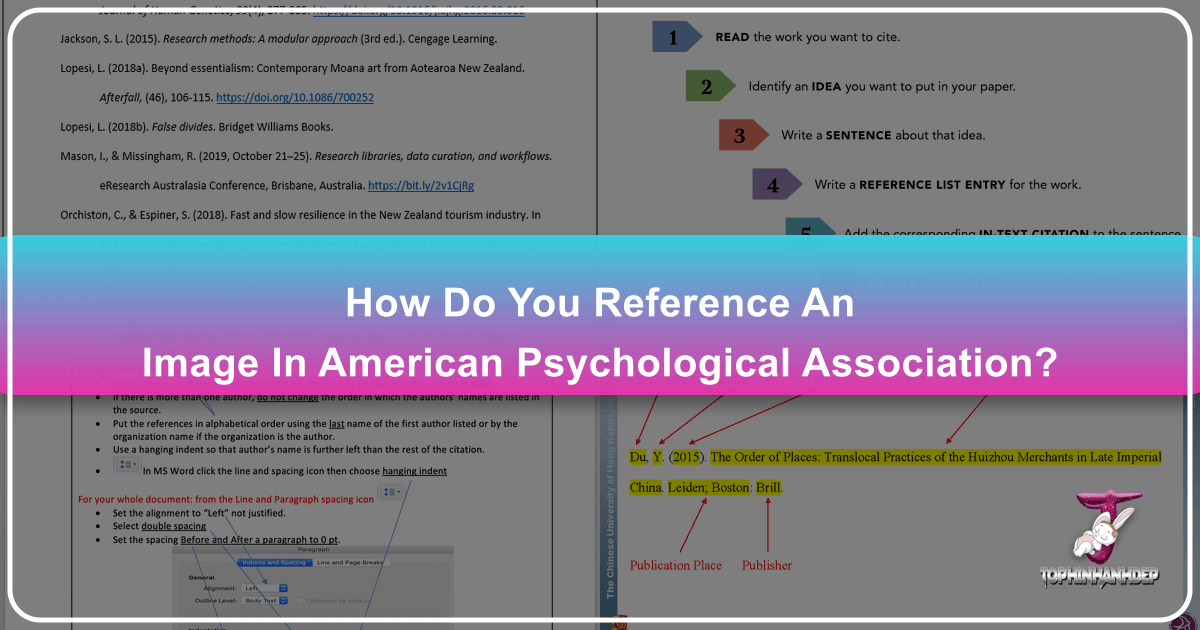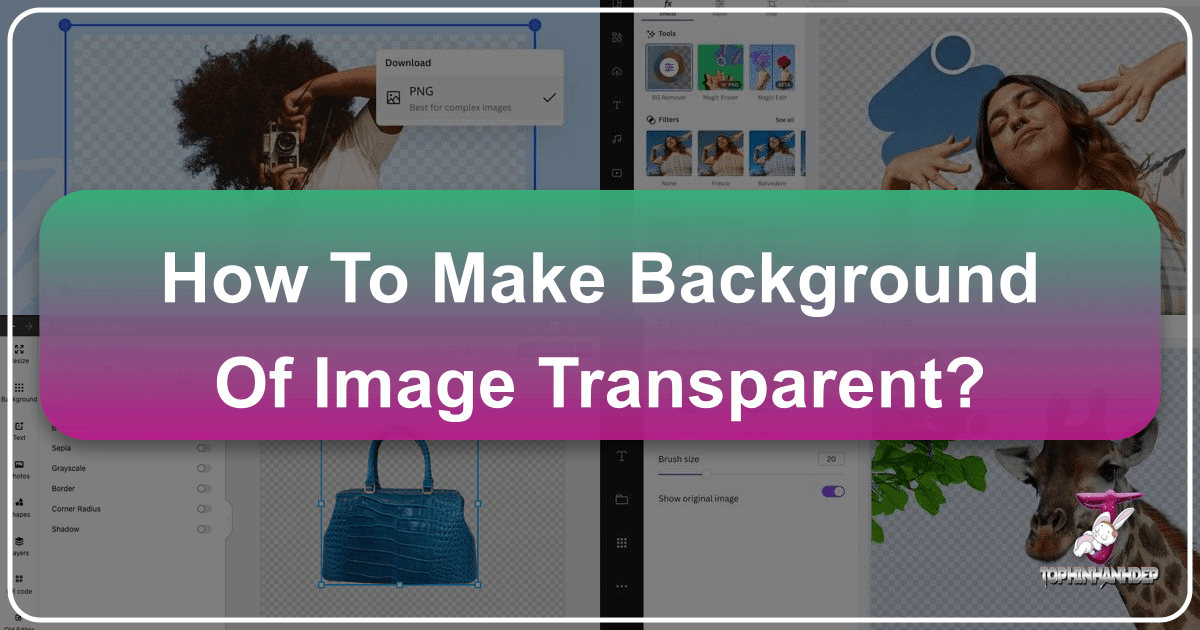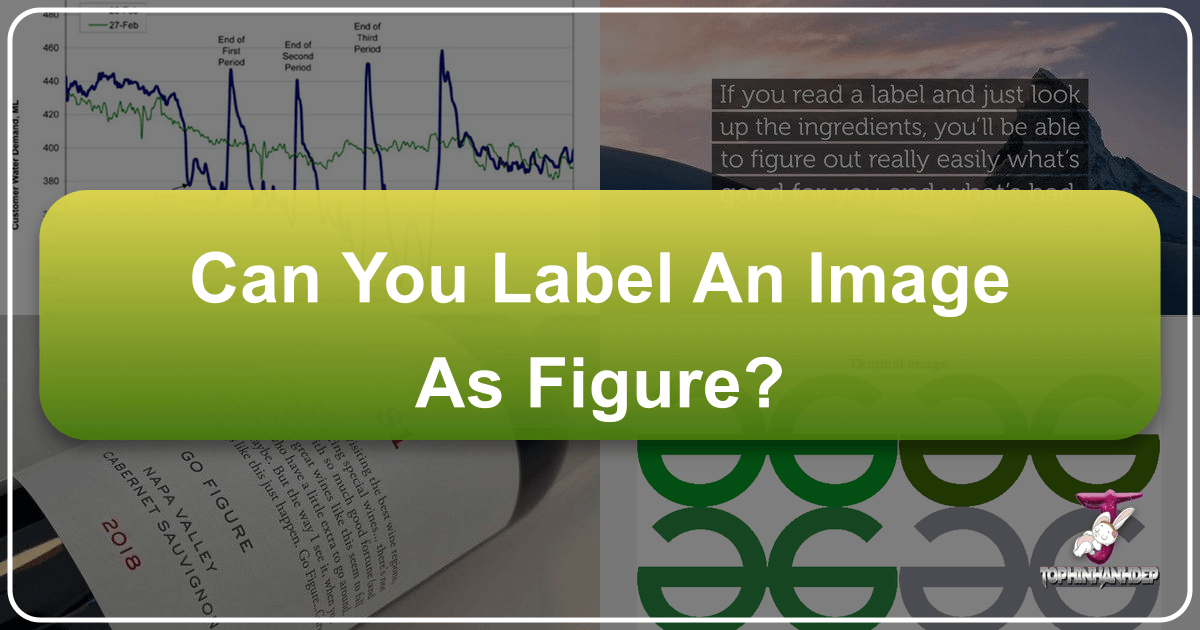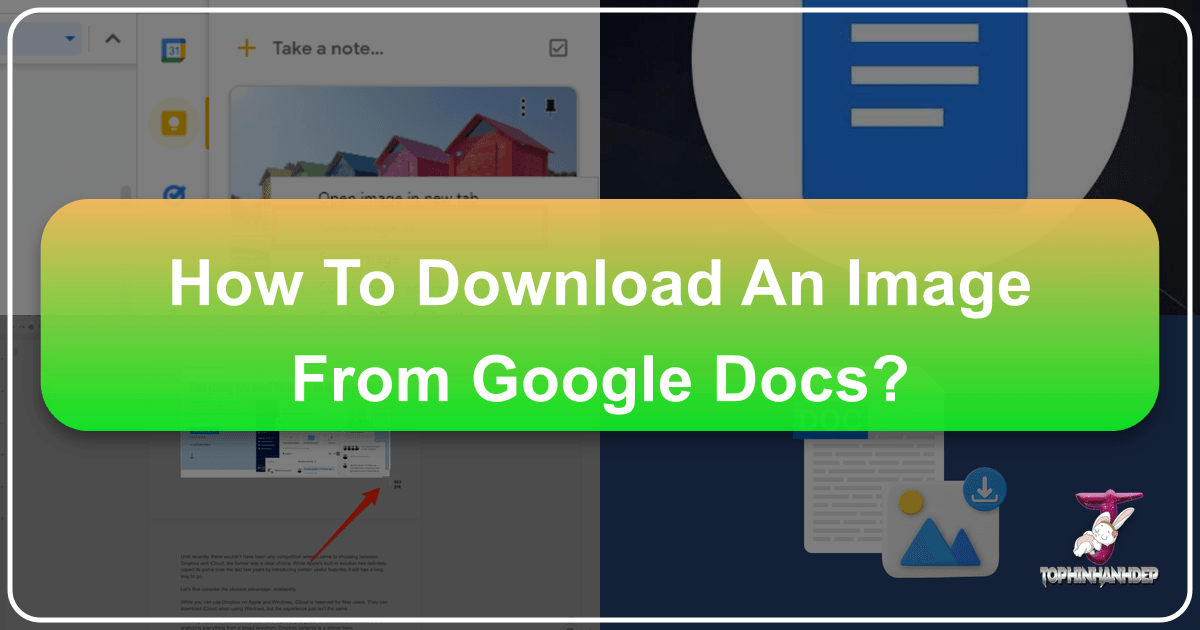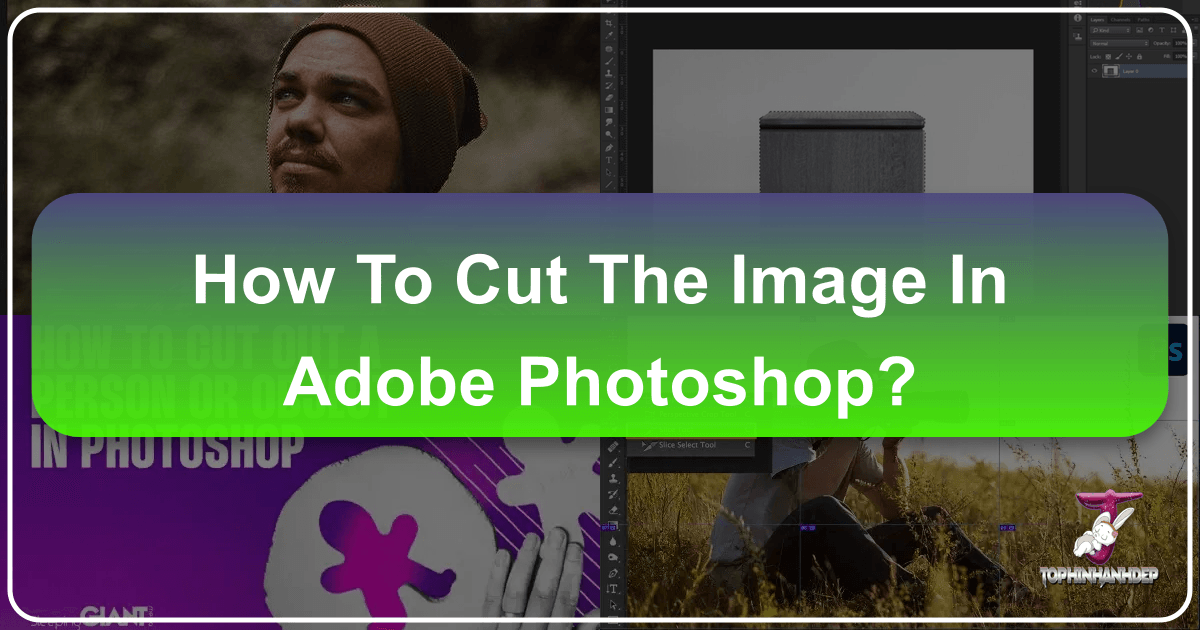Mastering APA Style: A Comprehensive Guide to Referencing Images in Your Academic Work
In today’s visually-driven academic and professional landscape, images play a crucial role in conveying information, enhancing understanding, and enriching presentations. From scientific diagrams and statistical charts to captivating photographs and intricate artworks, visual elements are indispensable. However, the effective and ethical integration of these visuals into your work, particularly within the strictures of academic integrity, hinges on proper citation. The American Psychological Association (APA) style provides a clear framework for acknowledging the original creators and sources of images. This guide offers an in-depth exploration of how to accurately reference images in APA 7th edition, drawing upon established guidelines and highlighting the practical applications for users sourcing high-quality visuals from platforms like Tophinhanhdep.com.
